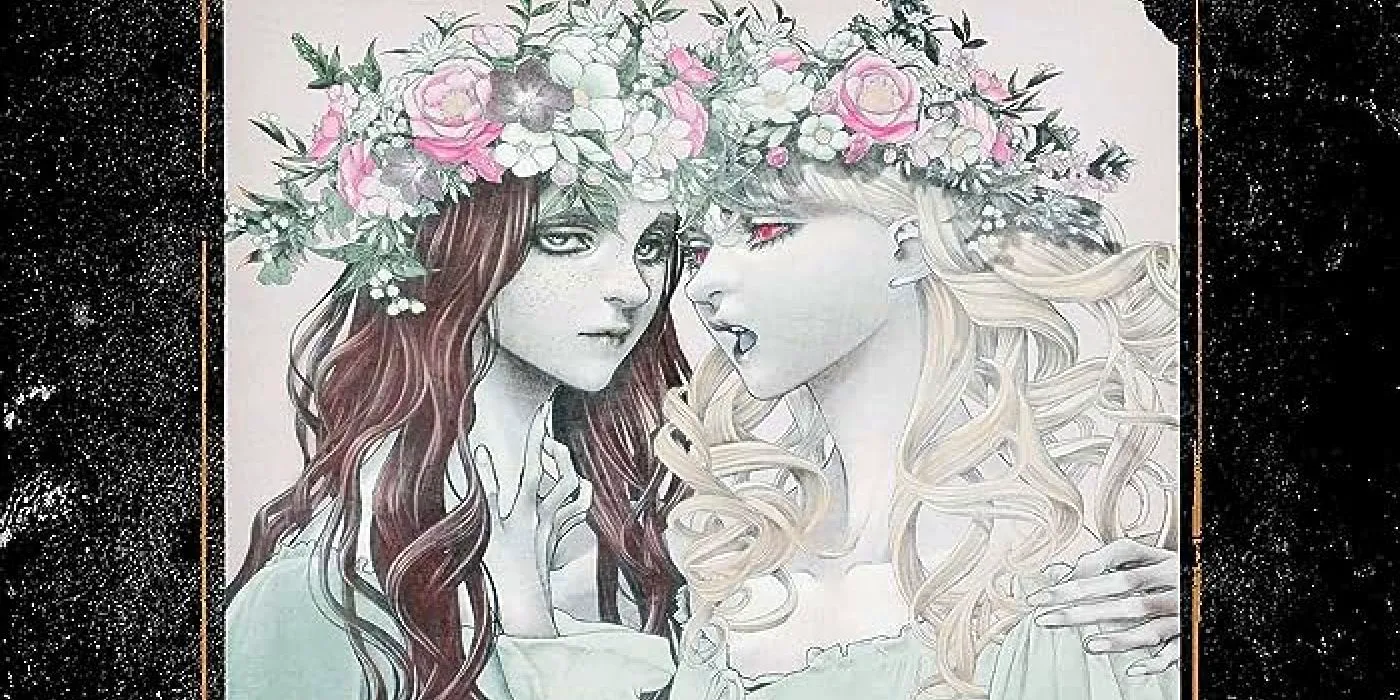#DRCL Sadly Uses Negative Stereotypes
Although someone with DiD can have personalities that identify as multiple genders, the fact that the line separating this from Luke's gender non-conforming explanation is so hazy causes issues. Luke/Lucy's character calls back to perhaps dangerous stereotypes and stresses them instead of stressing the shunning of stereotypes that Midnight Children wishes to advocate, so confusing readers as they try to understand what exactly they are being told.
Sakamoto has created a modern-feeling spin on the traditional Dracula narrative, transforming it into a manga with beautiful artwork and a distinctive setting as well as the young Mina hero. But the unclear presentation of Luke/Lucy distorts the narrative and maintains the readers' attention where it shouldn't be. Traditionally, the night has represented a time when people might explore their identity away from prying eyes, but it might also be interpreted as the impetus for Luke's identity change. The reality that the "real" answer is never clear simply serves to perpetuate negative perceptions of being transgender, something #DRCL: Midnight Children will have to contend with.
The Identity Feels More Complicating Than Inclusive for Luke/Lucy
Luke is a sensitive youngster with a sweet attitude; he is an artist inclined toward lyrical, floral words. Mina calls him "Lucy," therefore substituting a man for the genuine Lucy in Bram Stoker's narrative. This by itself would be a creative, entertaining spin. The waters grow muddied, though, as readers discover Lucy isn't only a lovely pet name. Rather, this is the name of Luke's alter-ego—a female character only Mina seems to know. Although this would usually be a good indicator of gender-nonconforming presence, the context surrounding Luke's and Lucy's changeover causes uncertainty.
Lucy is shown as curled up in a birdcage buried under Luke's suit jacket at initial introduction. Lucy is released when he opens the jacket; the cage unlocks. This reminds me of images reflecting how someone in 19th-century Britain, like Luke, could feel that their actual identity has to be locked up and hidden. Mina later says Lucy only comes out at night, perhaps from sleepwalking, and she doesn't remember anything that happens when Luke is in control. Although more direct than the birdcage images, this justification seems less specific and more like Luke has something like Dissociative Identity Disorder.
With one major criticism, #DRCL: Midnight Children is a magnificent retelling of Dracula.
#DRCL: Midnight Children is a singular adaptation of Dracula by Bram Stoker. Designed by Shin-ichi Sakamoto, the manga centers on Mina Murray, the sole female student at esteemed Whitby School. She forms the Camellia Club along with her friends to destroy an old evil. The idea is sufficiently enigmatic; hints scattered throughout the novel encourage readers to wonder about the extent of reality they are seeing. Sadly, a major weakness obscures this mystery: Luke/Lucy Westenra's identity.
Midnight Children, which debuted in English on September 19, reminds viewers multiple times that it is designed to be a narrative in which gender, nationality, and social level are subordinated in the face of a shared enemy. Quincy's flashback shows how important it was to him that his close-knit friend set was as varied as it could be. The lads mistreat Mina, but it's implied that once the scheme gets underway they will modify their behavior. Then readers are presented to Luke Westenra, often known as Lucy Westenra, and confusion results.
The backdrop of the Story
The creators of the program have done a fantastic job in presenting a fresh look at a well-known narrative; it is meant to be an innovative interpretation of a classic story. Many new readers who enjoy the original will surely find attraction in the comic book, which will also probably inspire fans to visit it.
#DRCL: Viz Media has English availability for Midnight Children.



